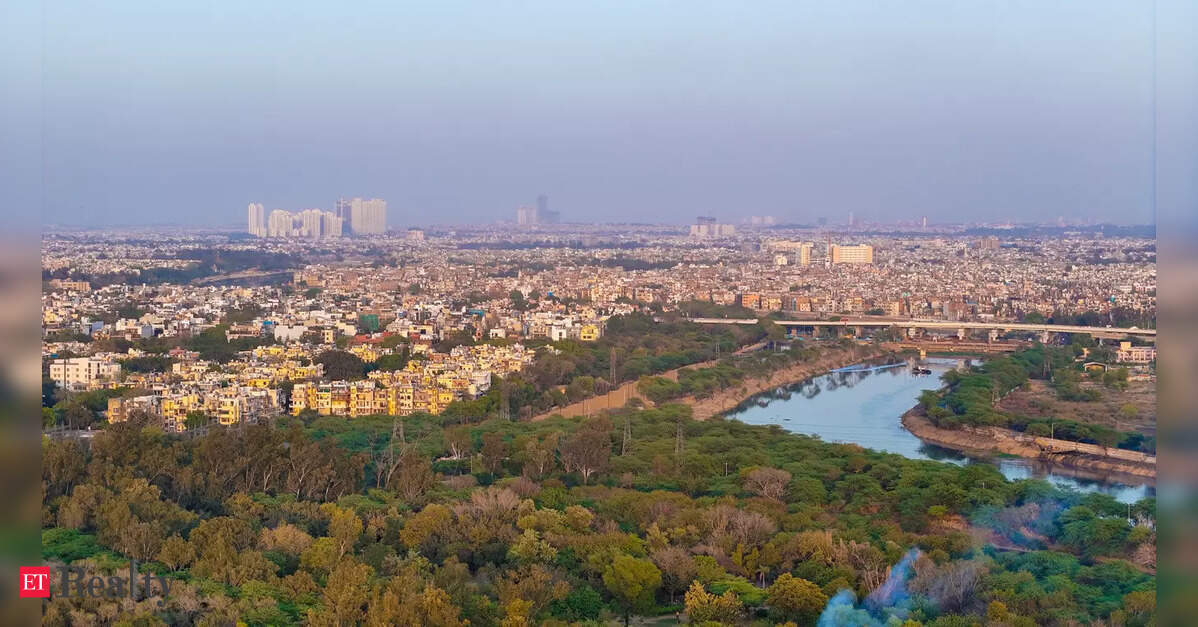
NAVI MUMBAI: The Environmental Status Report 2024-25 for the Panvel City Municipal Corporation (PCMC), prepared by IIT-Bombay, indicates that the Maharashtra Pollution Control Board (MPCB) currently does not monitor the water quality of the polluted Taloja and Kasardi rivers because their waters are not utilized for drinking. The report advises against the approval of new housing developments near the dumping ground and the Taloja MIDC area.
The report recommends that the civic body adopt waste-to-energy technologies for efficient solid waste management, including bio-methanation plants, biomass gasifiers, and pyrolysis techniques, while raising concerns about sewage disposal.
Dr. Abhishek Chakraborty, an assistant professor in the Environmental Science and Engineering Department at IIT-B, led the team that compiled the report. PCMC has urged residents to review the ESR, which was made available on its website last week.
The conclusions recommend advocating for regular water quality assessments by the MPCB and taking necessary remediation actions when contamination is found. It also emphasizes the need for strict regulations to prevent industrial effluents from entering surface water bodies, as this pollution adversely affects the environment and ecosystem. Effective cleaning and maintenance practices are recommended for all water bodies, including rivers, lakes, and ponds.
The report highlights that of the 471 MT of waste generated daily, 56% is wet, 40% is dry, 3% is sanitary, and 1% is hazardous. Waste is managed at Cidco and Mumbai Waste Management facilities located in the Taloja MIDC area. Recommendations against allowing housing projects near waste management facilities stem from concerns about air and water pollution.
The investigation stresses the importance of installing localized treatment systems for sewage before its discharge into nallahs. Appropriate technology should be chosen and implemented to enhance the water quality in these channels. Additionally, the effectiveness, maintenance, and cleaning of common effluent treatment plants should be evaluated.




